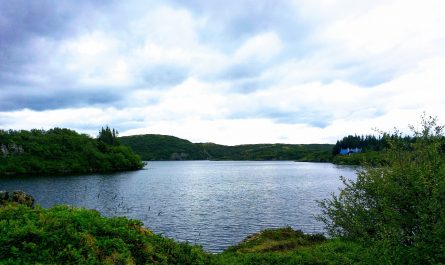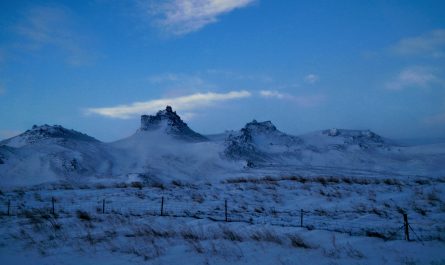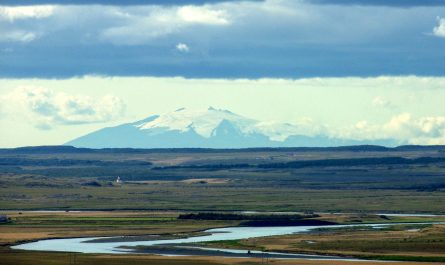The Snæfellsnes Peninsula has a reputation for having a landscape that is both dramatic and diverse. It is located on the west coast of Iceland. The peninsula is about 90 kilometers long, and it has a number of smaller towns and villages on it.
On the westernmost tip of the Snæfellsnes Peninsula is where you’ll find the Snæfellsnes National Park. This park is a protected area. It began operations in 2001 and encompasses a total area of approximately 170 square kilometers (65 square miles). Everyone who is planning a trip to Iceland and wants to get a taste of the great natural beauty and distinct culture of the country should make it a point to stop by Snæfellsnes National Park at some point during their stay. The park can be reached quickly and easily by automobile.
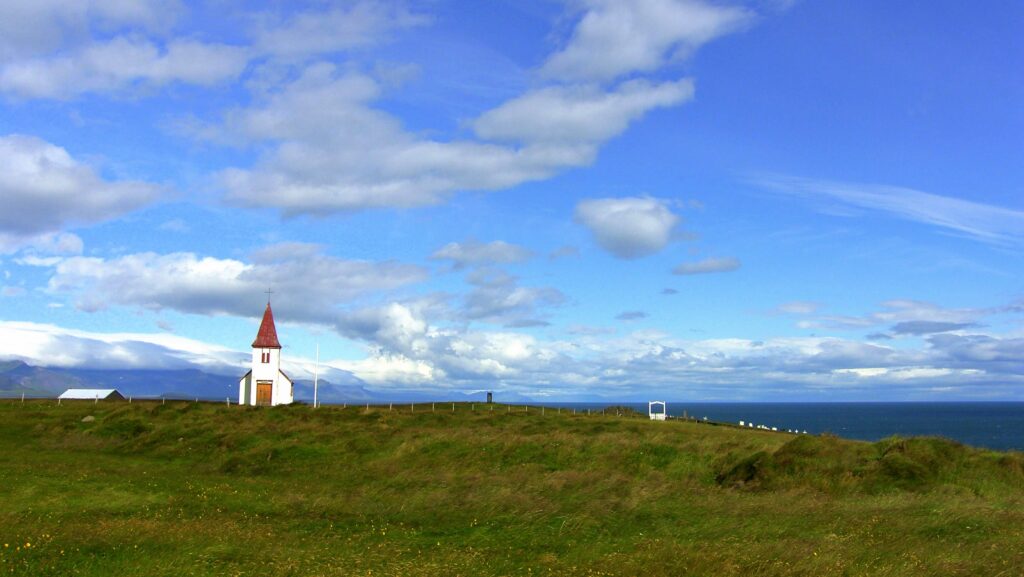
The Snæfellsjökull glacier is a stratovolcano with a glacier that covers the summit of the mountain, and it is one of the most well-known sights on the Snæfellsnes Peninsula. It is also a part of the Snæfellsnes National Park. The glacier is visible from a variety of vantage points across the peninsula. The highest point of the glacier is 1,446 meters (4,744 feet) above sea level, and it extends across an area of around 11 square kilometers (4 square miles).
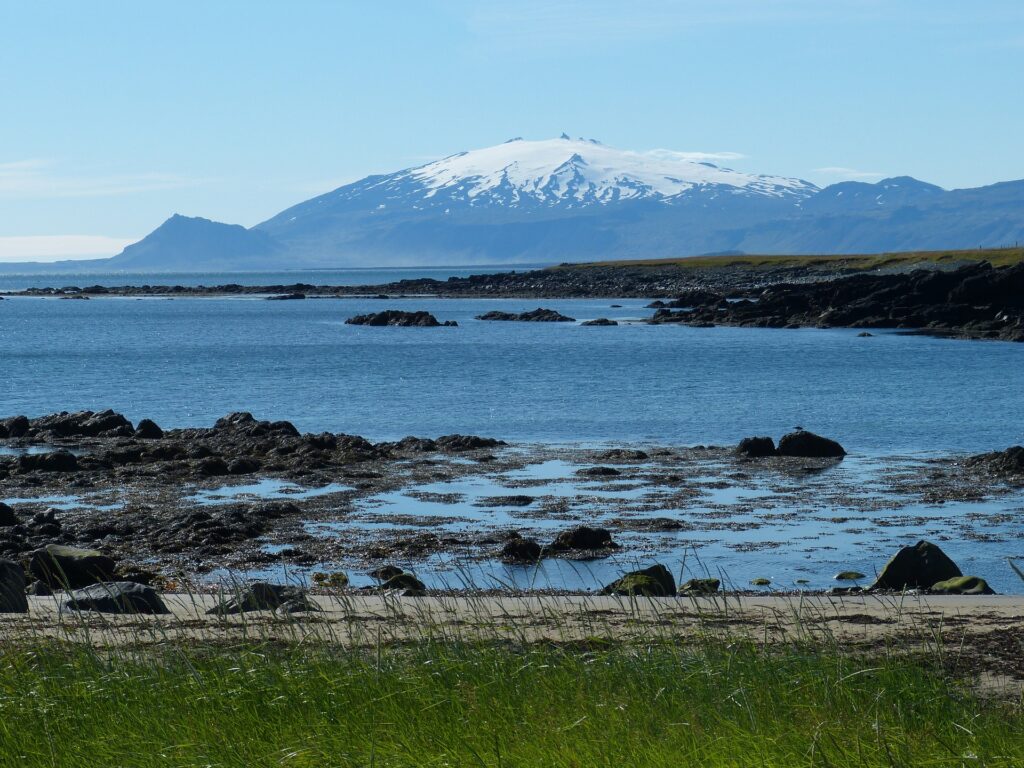
The glacier is well-known across Iceland for its mysterious and otherworldly features, and it has served as the inspiration for a great deal of Icelandic folklore and legend. Some people have faith that it can restore health since they believe it to be one of the seven energy centers that exist across the earth.
In the classic novel “Journey to the Center of the Earth,” written by Jules Verne, the glacier is described as the gateway to the center of the earth. This has led to the glacier gaining worldwide notoriety. In the novel, the main character, Professor Lidenbrock, and his nephew Axel go to Iceland and descend into the crater of a volcano to begin their journey to the center of the Earth. Along the way, they encounter a number of perilous situations.
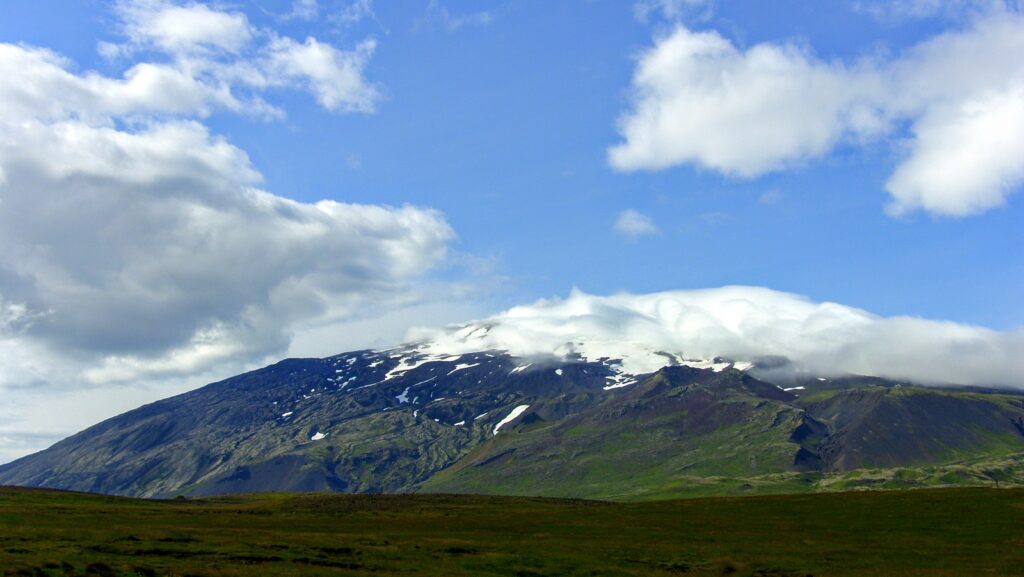
In modern times, Snæfellsjökull has become a well-known tourist attraction in Iceland. Visitors come to climb on the glacier and take in the breathtaking scenery from the peak of the mountain. There are guided tours that last anywhere from a couple of hours to a whole day and give people the chance to learn more about the glacier and the environment around it.
However, tourists should be aware that hiking on the glacier can be risky, and they should always go with an experienced guide and wear clothing and equipment that are suited for the environment. Because the weather in Iceland may be unexpected and the circumstances on the glacier can change quickly, it is essential to be well-prepared for any circumstance that may arise.
In addition to the glacier, the Snæfellsnes Peninsula is home to a number of other breathtaking natural features such as black sand beaches, lava fields, waterfalls, and sea cliffs. The magnificent Kirkjufell mountain, the Arnarstapi sea cliffs, and the Djúpalónssandur black sand beach are some of the most prominent attractions in the area.
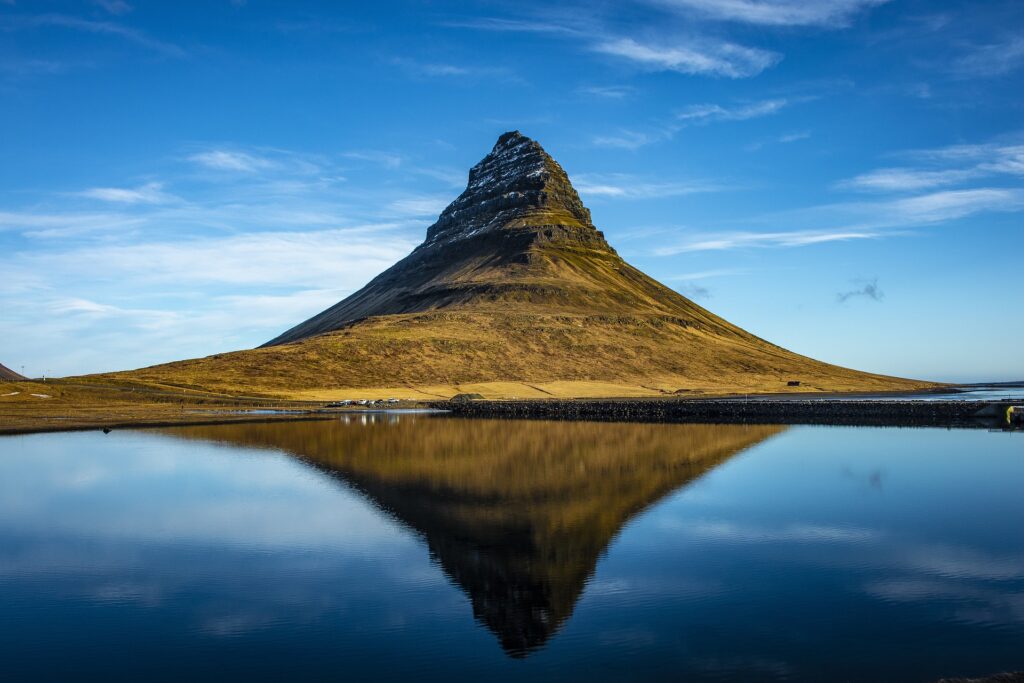
The peninsula is home to a number of quaint towns and villages, such as Stykkishólmur, which is famous for its brightly colored buildings and picturesque port, and Ólafsvík, which is the largest town on the peninsula.
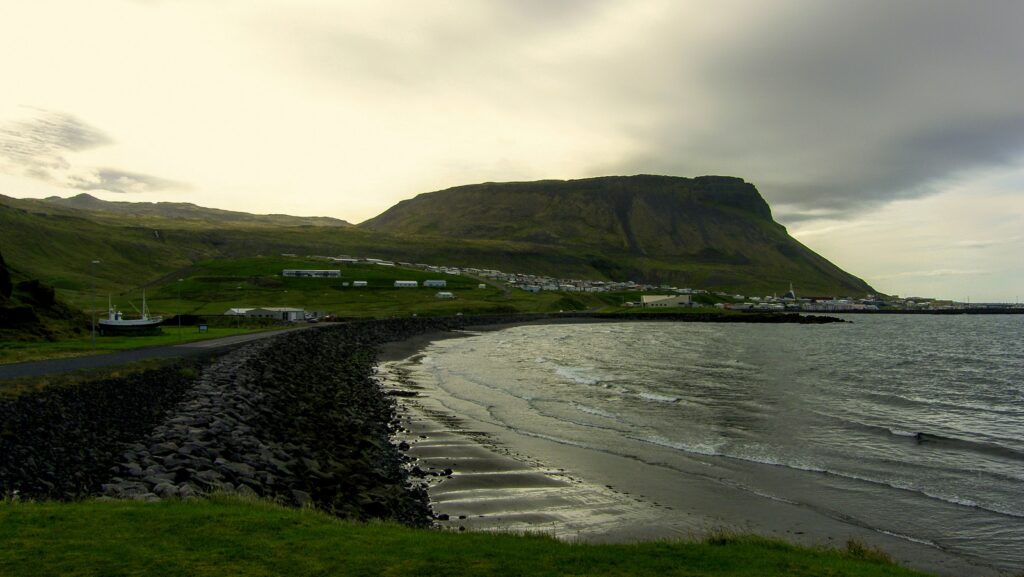
In general, the Snæfellsnes Peninsula is a location that should not be missed by any visitor to Iceland who is interested in experiencing the magnificent natural beauty and distinct culture of the region.
